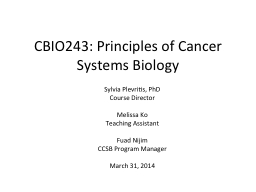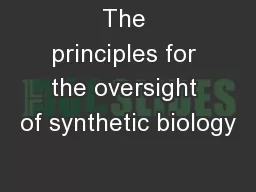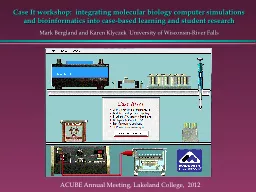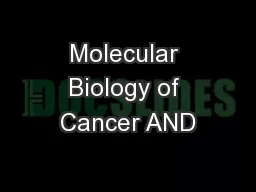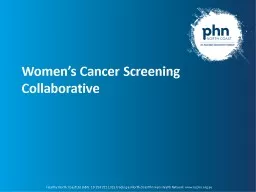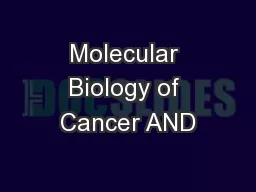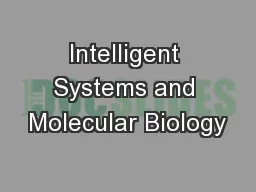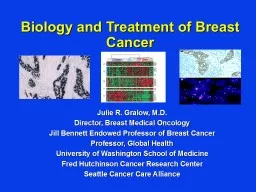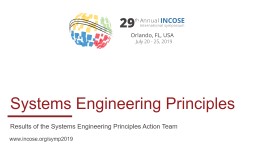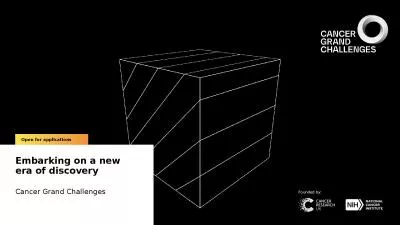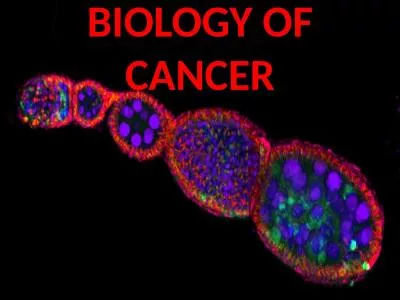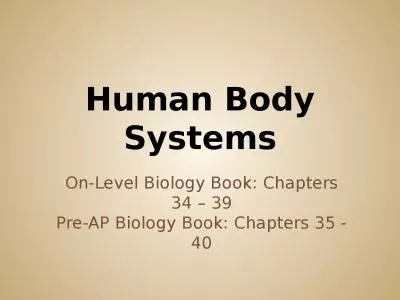PPT-CBIO243: Principles of Cancer Systems Biology
Author : della | Published Date : 2023-09-06
Sylvia Plevritis PhD Course Director Melissa Ko Teaching Assistant Fuad Nijim CCSB Program Manager March 31 2014 Goals of CBIO243 Introduce major principles of
Presentation Embed Code
Download Presentation
Download Presentation The PPT/PDF document "CBIO243: Principles of Cancer Systems Bi..." is the property of its rightful owner. Permission is granted to download and print the materials on this website for personal, non-commercial use only, and to display it on your personal computer provided you do not modify the materials and that you retain all copyright notices contained in the materials. By downloading content from our website, you accept the terms of this agreement.
CBIO243: Principles of Cancer Systems Biology: Transcript
Download Rules Of Document
"CBIO243: Principles of Cancer Systems Biology"The content belongs to its owner. You may download and print it for personal use, without modification, and keep all copyright notices. By downloading, you agree to these terms.
Related Documents

